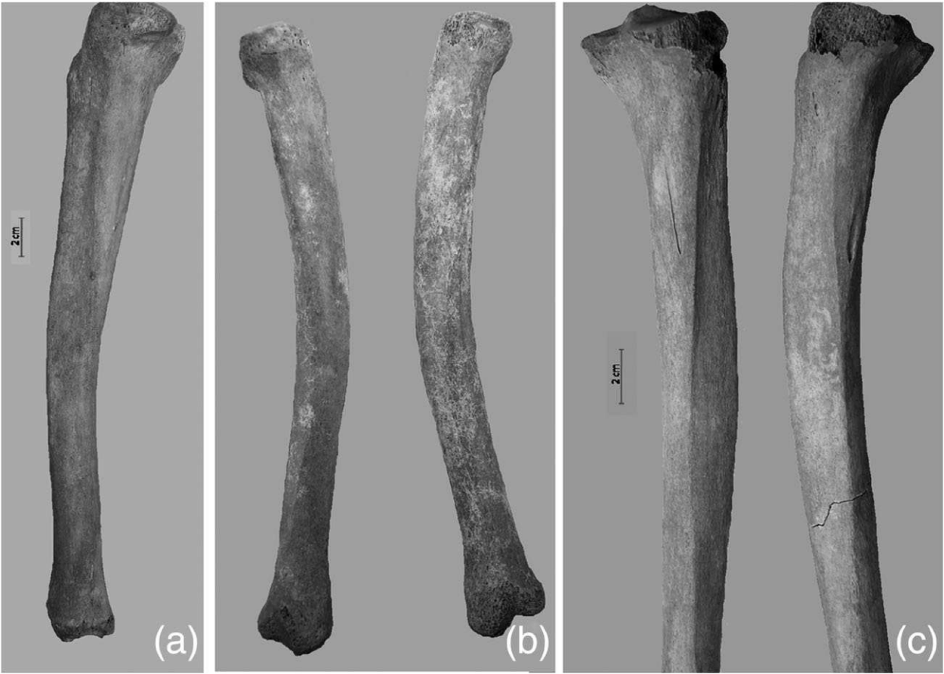Schroeder Mounds
- Period: Mississippian
- Location: United States
- Burials: 53
- Archaeologists:G. M. Mosher, M. O. Smith, J. L. Albrecht, & V. P. Salaka
- Related Keyword/Categories: Paleopathology, Inhumation, Identity

A new article from the Journal of Osteoarchaeology by Mosher, Smith, Albrecht and Salaka (2013), discusses the changes in paleopathology associated with the switch to maize agriculture and village settlements in West Central Illinois from 1050 to 1300 CE. While the period overall saw major changes, the way that this was experienced and the pace of development was highly varied throughout this region due to differences in culture, the ecological contexts of the river bottom versus upland communities, and their differential interactions with Cahokia, the largest settlement north of Mexico. In order to understand how this development affected a specific population from a remote hinterland area of the Upper Mississippi River, the prevalence of treponemal disease and tuberculosis were examined in the skeletal population. Prior studies have linked the rise of these two diseases as consistent with increased sedentism (not mobile, but living in the same place over long periods of time) which challenges previous inferences that this region was occupied by foraging mobile horticulturalists in this period. In order to determine how sedentary and agricultural the community was from Schroeder Mounds, Mosher et al. (2013) examine the skeletal remains from the site that date from 900–1100 CE. The adult skeletal sample includes 53 individuals. 18 individuals show some type of reactive bone growth indicative of non-specific disease or trauma. Of these, 7 display the star-like lesions or other types of indicators commonly associated with treponemal disease such as nodular lesions. Of those 7, 3 have signs of traumatic injury that may have led to the initial infection. 4 other individuals have plausible signs of treponemal disease, but cannot be completely diagnosed based on the available evidence. There were no individuals who had signs the diagnostic signs of tuberculosis, although 3 had plausible cases based on lesions on the ribs ends. Mosher et al. (2013) argue that the presence of tertiary stage treponemal disease confirms that this group was sedentary, which is a common pattern for the broader region and time period that had not been determined locally. This is not a final conclusion, but rather a starting point from which future archaeological evidence can be interpreted.
References: G. M. Mosher, M. O. Smith, J. L. Albrecht, & V. P. Salaka (2013). Treponemal Disease, Tuberculosis and Subsistence-settlement Pattern in the Late Woodland Period West-central Illinois. International Journal of Osteoarchaeology. DOI: 10.1002/oa.2344


